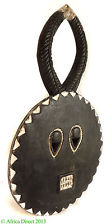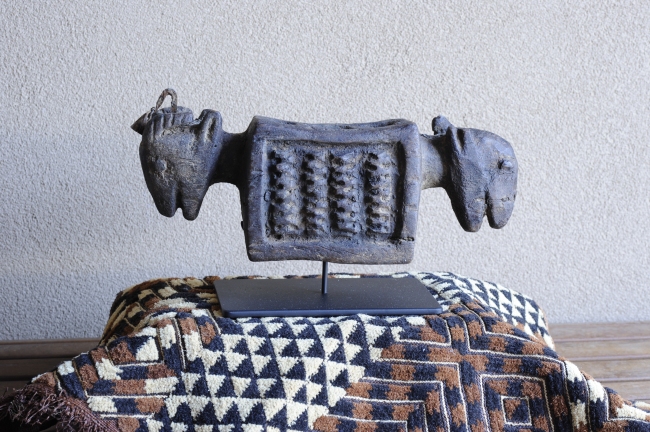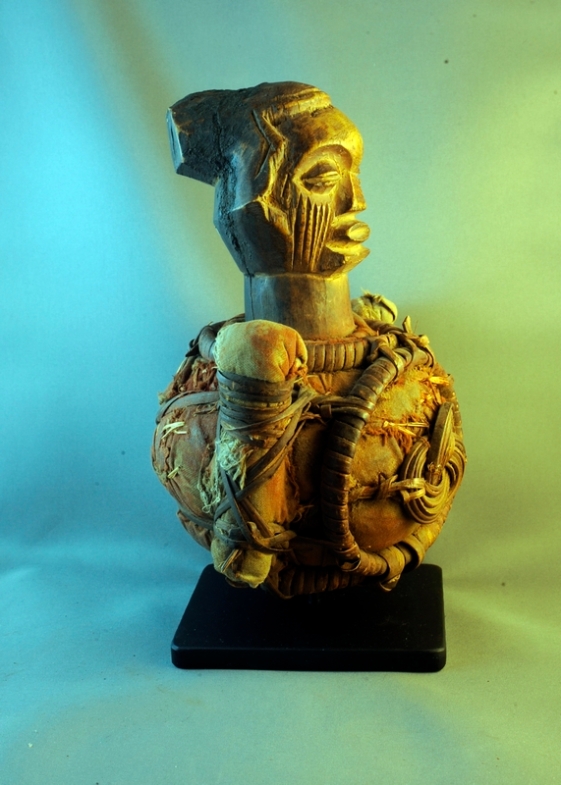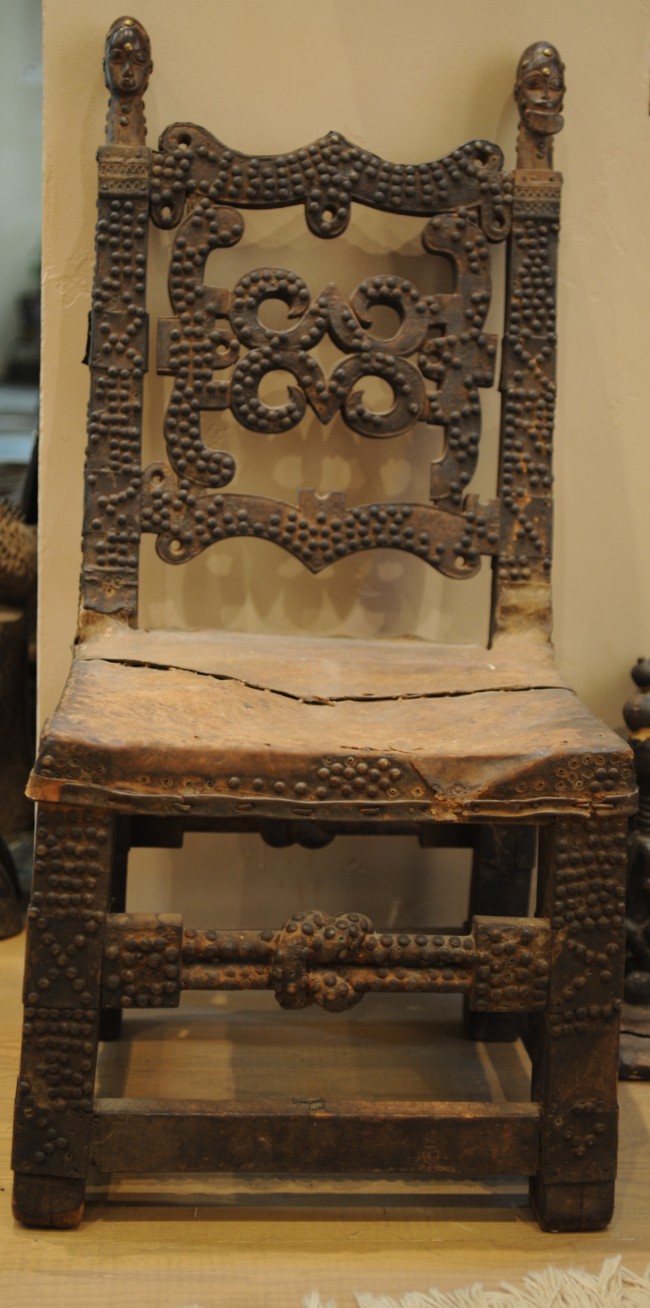
vintage Chinese Minority textile – detail
Introduction
One of the most amazing, varied and beautiful aspects of folk art and craft that I have found is in the textiles and jewelry of the minority peoples of China. The embroidery is so varied and so amazingly precise that one could study the techniques for nearly a lifetime. Books such as Writing with Thread, by the University of Hawai’i Art Gallery, showcase the incredible work by the Minority women, yet seeing the pieces in person is truly awe-inspiring.
The Collection
I was lucky enough to have come across a collection of pieces from the estate of a well-known expert and collector who amassed an incredible collection of pre 1970 pieces that I have put into my shop. The pieces include jackets, skirts, aprons, baby carriers, belts, purses, collars, wallets, baby hats, and even shoe insoles! The colors reflect the rainbow and the skills of the women doing the stitchery are almost impossible to believe! And the variety of designs and techniques can fill volumes.
Background
China is officially composed of 56 ethnic groups (55 minorities plus the dominant Han). Yet many of those groups are subdivided by regions, traditions, and languages. Various groups of the Miao minority, for example, speak different dialects of the Hmong–Mien languages, Tai–Kadai languages, and Chinese languages. There is a myriad of cultural customs as well. Smaller groups are sometimes classified together by religion or customs. Inconsistencies are common when trying to find commonalities between groups with some sharing totally unique characteristics from the Han majority, and yet others share Han characteristics. For example, most Hui Chinese are indistinguishable from Han Chinese except for the fact that they practice Islam, and most Manchu are considered to be largely assimilated into dominant Han society. China’s official 55 minorities are located primarily in the south, west, and north of China. Tibet and Xinjiang have a majority population of “official” minorities, while all other regions of China have a Han majority.
Acceptance
Acceptance of ethnic minorities with the mainstream community varies widely from group to group. Attitudes towards minorities by the Han are known as Han chauvinism, and are resented by minority groups. Migration also caused friction in areas such as Tibet and Xinjiang.
It is said that in China minorities are considered more primitive than the Han majority. Minority groups are often portrayed as pastoral and outdated. Since the government is said to depict itself as a patron, those not willing to adapt to the majority “(despite the offers of assistance) are portrayed as “masculine, violent, and unreasonable”. Groups that have been represented this way this way include the Tibetans, Uyghurs and the Mongols. Groups that have been more willing to embrace the majority (and accept the help of the government) are often portrayed as “feminine and sexual, including the Miao, Tujia and the Dai.”
The “Undistinguished”
The “undistinguished” ethnic groups have not been officially recognized or classified by the central government. They number more than 730,000 people, and would comprise the twentieth most populous ethnic group in China as a group. Most of these people are found in Guizhou Province.
These “undistinguished ethnic groups” do not include groups that have been controversially classified into existing groups. For example, the Mosuo are considered as Naxi, and the Chuanqing are considered Han Chinese, but they reject these classifications and see themselves as separate ethnic groups.
The Stitchery
Generally, the textiles represent the identity and history of the minority group, each having a particular style and meaning both for the cultural identity of the wearer and for the particular event the item is chosen for. Stitchery styles and weaving techniques historically were developed to portray the uniqueness of the group as well as the ties between groups. Some experts believe that the history and identity of the groups are actually “written” into the textile design.
The Techniques
The types of textile adornment includes applique, tie dye, specially processed indigo dye finished with pig’s blood, egg white, or boiled cowhide (for a glossy finish), cross stitch, satin stitch, metal adorned silk stitches using hand cut 0.7 mm strips of tin foil, pleating and variations of pleating, running stitches, patchwork, piling folded cloth, counted thread flat picking known as long and short stitch, and more. The finished cloth is then often adorned by feathers, Job’s tears and a myriad of silver adornments, buttons, ribbons, and jewelry. Many pieces are totally covered with hand stitchery and literally dozens of silver pieces. This is a fascinating area to explore and research in books such as Writing with Thread, by the University of Hawai’i Art Gallery.
All pieces shown (and more) are available at www.SpectrumArtsInc.com
Sources
Writing with Thread, by the University of Hawai’i Art Gallery
Wikipedia http://en.wikipedia.org/wiki/Ethnic_minorities_in_China#Ethnic_groups
Gladney, Dru C. (1994). “Representing Nationality in China: Refiguring Majority/Minority Identities”. The Journal of Asian Studies53 (1): 92–123.
Hasmath, Reza. (2011) “From Job Search to Hiring to Promotion: The Labour Market Experiences of Ethnic Minorities in Beijing”, International Labour Review 150(1/2): 189-201.

vintage Chinese Minority textile – detail

vintage Chinese Minority textile – detail

vintage Chinese Minority textile – detail

vintage Chinese Minority textile – detail

vintage Chinese Minority textile – detail

vintage Chinese Minority textile – detail

vintage Chinese Minority textile – detail

vintage Chinese Minority textile – detail

vintage Chinese Minority textile – detail

vintage Chinese Minority textile – detail

vintage Chinese Minority textile – detail

vintage Chinese Minority textile – detail

vintage Chinese Minority textile – detail

vintage Chinese Minority textile – detail

vintage Chinese Minority textile – detail

vintage Chinese Minority textile – detail

vintage Chinese Minority textile – detail

vintage Chinese Minority textile – detail

vintage Chinese Minority textile – detail

vintage Chinese Minority textile – detail

vintage Chinese Minority textile – detail

vintage Chinese Minority textile – detail

vintage Chinese Minority textile – detail

vintage Chinese Minority textile – detail

vintage Chinese Minority textile – detail

vintage Chinese Minority textile – detail

vintage Chinese Minority textile – detail

vintage Chinese Minority textile – detail skirt

vintage Chinese Minority textile – detail skirt

vintage Chinese Minority textile – detail

vintage Chinese Minority textile – detail skirt

vintage Chinese Minority textile – detail skirt

vintage Chinese Minority textile – detail skirt

vintage Chinese Minority textile – detail skirt

vintage Chinese Minority textile – detail skirt

vintage Chinese Minority textile – detail skirt

vintage Chinese Minority textile – detail skirt

vintage Chinese Minority textile – detail skirt

vintage Chinese Minority textile – detail skirt

vintage Chinese Minority textile – detail skirt

vintage Chinese Minority textile – detail pleating

vintage Chinese Minority textile – detail skirt

vintage Chinese Minority textile – detail skirt

vintage Chinese Minority textile – detail

vintage Chinese Minority textile – detail jacket

vintage Chinese Minority textile – detail

vintage Chinese Minority textile – detail

vintage Chinese Minority textile – detail baby carrier

vintage Chinese Minority textile – detail jacket

vintage Chinese Minority textile – detail

vintage Chinese Minority textile – detail jacket

vintage Chinese Minority textile- detail jacket back

vintage Chinese Minority textile – detail

vintage Chinese Minority textile – detail jacket

vintage Chinese Minority textile – detail baby carrier

vintage Chinese Minority textile – detail baby carrier

vintage Chinese Minority textile – detail

vintage Chinese Minority textile – detail

vintage Chinese Minority textile – detail

vintage Chinese Minority textile – detail

vintage Chinese Minority textile – detail

vintage Chinese Minority textile – detail

vintage Chinese Minority textile – detail

vintage Chinese Minority textile – detail

vintage Chinese Minority textile – detail

vintage Chinese Minority textile – detail

vintage Chinese Minority textile – detail

vintage Chinese Minority textile – detail

vintage Chinese Minority textile – detail

vintage Chinese Minority textile – detail

vintage Chinese Minority textile – detail

vintage Chinese Minority textile – detail

vintage Chinese Minority textile – detail

vintage Chinese Minority textile – detail

vintage Chinese Minority textile – detail tie dye

vintage Chinese Minority textile – detail tie dye

vintage Chinese Minority textile – detail

vintage Chinese Minority textile – detail

vintage Chinese Minority textile – detail

vintage Chinese Minority coat- detail with feathers

vintage Chinese Minority coat- detail with feathers

vintage Chinese Minority coat- detail with feathers

vintage Chinese Minority coat- detail with feathers

vintage Chinese Minority coat- detail with feathers

vintage Chinese Minority coat- detail with feathers

vintage Chinese Minority textile – detail jacket

vintage Chinese Minority textile – detail jacket

vintage Chinese Minority textile – detail jacket

vintage Chinese Minority textile – detail

vintage Chinese Minority textile – jacket

vintage Chinese Minority textile – detail

vintage Chinese Minority textile – detail jacket reverse

vintage Chinese Minority textile – detail jacket

vintage Chinese Minority textile – detail baby carrier

vintage Chinese Minority textile – detail baby carrier

vintage Chinese Minority textile – detail baby carrier

vintage Chinese Minority textile- detail

vintage Chinese Minority bib – detail

vintage Chinese Minority tunic – detail

vintage Chinese Minority tunic – detail

vintage Chinese Minority textile – detail


vintage Chinese Minority textile – detail

vintage Chinese Minority textile – detail

vintage Chinese Minority textile – detail

vintage Chinese Minority textile – detail

vintage Chinese Minority textile – detail

vintage Chinese Minority textile – jacket

vintage Chinese Minority textile – detail tie dye

vintage Chinese Minority textile – detail tie dye

vintage Chinese Minority textile – detail embroidery and pleating

vintage Chinese Minority textile – detail

vintage Chinese Minority textile – detail

vintage Chinese Minority textile – detail

vintage Chinese Minority jacket- detail

vintage Chinese Minority textile – detail

vintage Chinese Minority textile – detail

vintage Chinese Minority textile – full dress with jewelry

vintage Chinese Minority textile – detail

vintage Chinese Minority textile – detail

vintage Chinese Minority textile – detail

Vintage Chinese Minority Indigo Jacket

Chinese Vintage Minority Embroidered Jacket

Chinese Vintage Minority Jacket with Embroidered Panel

Silk Chinese Embroidered Vintage Minority Jacket and Apron

Chinese Vintage Minority Jacket with Embroidered Borders

Chinese Vintage Minority Embroidered Hat

Chinese Vintage Minority Embroidered Tunic

Vintage Minority Padded Baby Carrier Panel ex PN Coll

Vintage Minority Padded Baby Carrier Panel ex PN Coll

Vintage Minority Baby Hat, ex. Peter Nelson Collection, field collected in 1970’s
35.660002
-105.929923
 Wooden Mangbetu Sculpture– Man and Woman
Wooden Mangbetu Sculpture– Man and Woman





























































































































































Written
on September 13, 2013